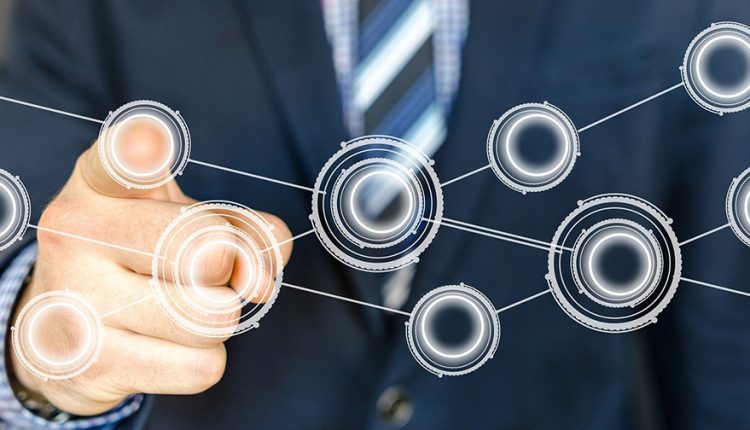When it comes to the Internet of Things (IoT) the potential for our lives, businesses and industries as a whole to completely transform and improve, from the data being collected from sensors and apps, has never been greater.
From a fully connected home, through to data being shared with manufacturers to help enhance products and manufacturing methods, the monitoring of patient wellbeing and medical equipment, with the creation of ‘smart’ hospitals, optimizing the supply chain and ensuring the right temperature of goods in transit, and calculating the most effective route for drivers to enhance the first and last mile within delivery services – the possibilities seem endless.
A few years ago, research predicted that by 2020 there would be 20 billion connected IoT devices. Now, figures state that by 2025 there will be over 41 billion devices connected. What this means, is that the amount of data being collected, and potentially the high volume of low value data collected, is becoming truly overwhelming.
As Peter Ruffley, CEO at Zizo explained, whilst 5G and edge computing will make it possible to transmit data through high powered, low latency networks, these technologies are in their infancy, with few use cases.
Network infrastructure challenges mean that 5G is still some way off and if we are going to be doubling the amount of connected IoT devices, with all the will in the world, due to ongoing issues with bandwidth, 5G will struggle to deliver – unless organizations can quickly begin to understand the value that is locked within the data being transferred. The question has to be, why does ALL IoT data need to be sent back to data centers?
If they want to become truly data driven and be able to have IoT data move their business forward, organizations must begin by having a concise business strategy in place, teamed with supporting technology.
5 Steps to Achieving Value From IoT
Define the challenge the business is trying to solve
Just because an organization has connected devices, it doesn’t mean that they’ll necessarily get value from them. Value lies within the data. So, whilst there will be those in the company saying ‘we need IoT’, what questions ultimately does the data from IoT devices need to answer to help the business grow, improve processes and/or enhance the customer experience? What insight does the business want to have from monitoring each device? What does the outcome of the investment need to be?
Less is more – change the ‘everything’ mindset
With so much data at their fingertips (this can be millions or billions of rows of data), businesses really need to start, if they haven’t already, moving away from the idea of having every device connected and the ‘let’s store everything just in case’ mindset when it comes to their data. They need to be able to work out what is ‘good’ data and what is ‘bad’ data. If all a business has coming back from devices is low value data / low hanging fruit, it will not benefit them.
Be savvier with analytics
Organizations need to become more strategic with how and where data is analyzed. Not just in terms of getting insights but looking at the data itself and working out where the inherent value lies within it. When data can be analyzed down at the edge, only the most valuable data collected will be shared and in real time, making the process more cost effective to the business.
Additionally, the amount of data being collected from connected devices puts a great deal of pressure on a cloud network. If organizations want to be sending data to the cloud, sifting through all of it at the edge, through edge analytics, will ease the load.
Don’t pin your hopes on 5G
Whilst there is a buzz about the possibilities around being able to send every piece of data back to the data center with 5G, bandwidth is still going to run out really, really quickly with the sheer volume of data being generated. If we think about what will happen after 5G – there will need to be another network advance to help solve data issues, which means that organizations need to make changes now, rather than wait for the next development.
Have the precise skillset
A business might spend a considerable amount on IoT and other emerging technologies and be able to retrieve a lot of data but if it doesn’t know how to get value from it, it’s pretty much worthless. Due to the complex nature of any IoT deployment, there will be a requirement for specialist skills and expertise.
Working with device suppliers will help organizations to understand data formats and to work out what data is actually needed to deliver insights to meet the defined strategy. Edge computing will also have a big part to play in sending the right data to tools and technologies that can be accessed by individuals who can make a difference for the business.

